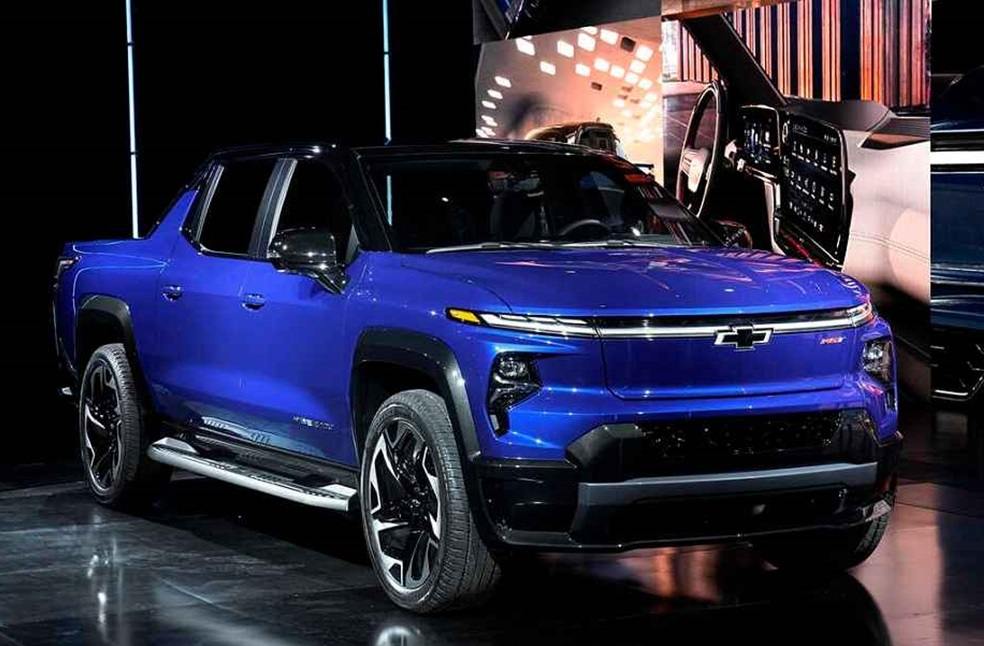General Motors has instructed thousands of suppliers to remove China from their supply chains, marking one of the carmaker’s most forceful responses yet to rising geopolitical and trade tensions.
According to sources cited by Reuters, GM has told vendors to find alternative sources for raw materials and components, with some receiving a deadline of 2027 to end China-based sourcing entirely.
The initiative began quietly in late 2024 but accelerated this year as U.S.-China trade hostilities intensified. President Donald Trump’s tariff swings, including a brief push to impose duties above 150% on Chinese goods, have created deep uncertainty for American manufacturers.
Executives described GM’s move as part of a broader drive to strengthen supply-chain resiliency after a year marked by tariff volatility, fears of rare-earth shortages, and renewed concerns over global chip supplies.
The directive covers parts used in GM vehicles manufactured in North America, the company’s largest production region.

While GM prefers U.S.-based suppliers, it is open to sourcing from other countries as long as they fall outside China. Russia and Venezuela are also restricted under U.S. national-security rules, but China accounts for most of the affected components.
GM has already taken steps to reduce exposure to China in strategic areas such as electric-vehicle batteries and semiconductors, including partnerships with a U.S. rare-earth producer and investment in a Nevada lithium project. The current push, however, spans a far wider set of basic vehicle parts.
Many suppliers had begun diversifying away from China during Trump’s first term to avoid existing tariffs, but the new wave of duties introduced in 2025 triggered retaliatory measures from Beijing.
China restricted exports of rare-earth-related auto parts in April and imposed further limits in October. The moves spurred automakers to secure inventory urgently, especially after China halted shipments from chipmaker Nexperia during an intellectual-property dispute with Dutch regulators, a stoppage that threatened production lines worldwide.

For many vendors, shifting away from China remains difficult and costly. China has long dominated industries such as lighting, electronics, and tool-and-die manufacturing, making replacement suppliers hard to identify.
An executive at a major parts firm described the transition as a “big effort,” with companies now scrambling to reconfigure decades-old sourcing networks.
Collin Shaw, head of MEMA, the Vehicle Suppliers Association, said firms have been working to de-risk their supply chains by reducing exposure to China and other high-risk markets, but the process will not be quick. “In some cases, this has been 20 or 30 years in the making, and we’re trying to undo it in a few years,” he said. “It’s not going to happen that fast.”
EV WORLD | China and Germany Deepen Cooperation in Electric Vehicles





